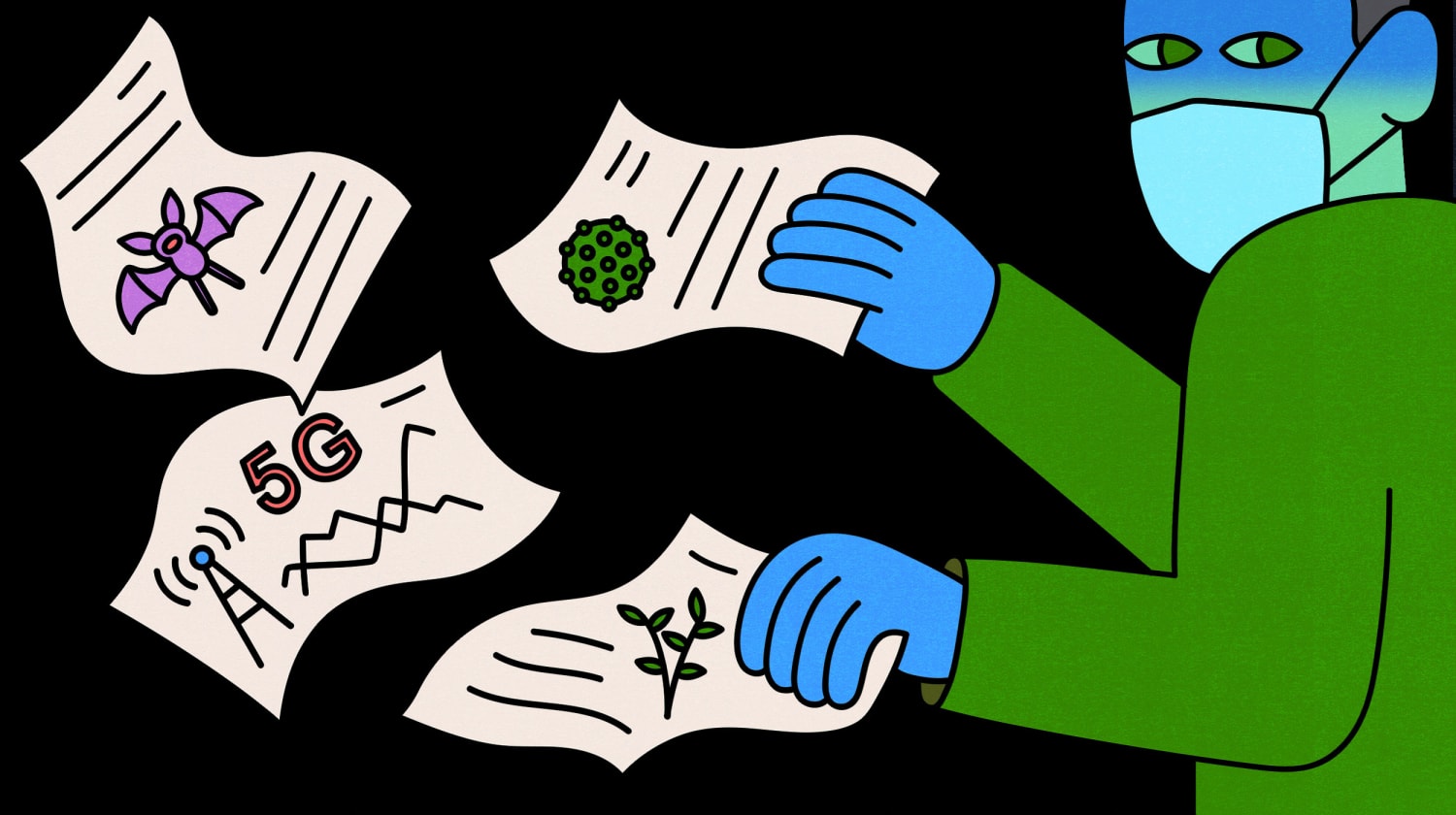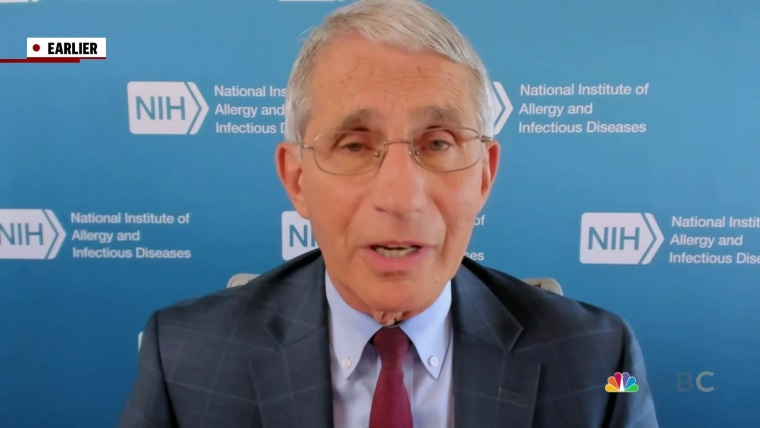Over the course of the pandemic, many scientific papers have made headlines for detailing new information that can help stop the spread of Covid-19 and treat the people infected with it. This unprecedented scientific effort at prevention and treatment has saved countless lives, and it continues as vaccination expands and new therapies are approved. But there are some papers published about the pandemic that have not been quite as useful as others, or even as grounded in reality.
Scientists paying journals that publish their research sounds fishy, but it’s actually a fairly common practice introduced to solve a major problem with the traditional model of scientific publishing.
I’m not talking about papers like the small study that suggested hydroxychloroquine and azithromycin could be used as Covid treatments. While later research failed to support the hypothesis, the idea that a pair of known drugs could treat a new disease was within the realm of possibility.
I’m talking about articles like “The COVID-19 Outbreak’s Multiple Effects,” which casually supported the use of “provincial herbs” and cited a nonexistent article whose title referenced the Pokémon franchise. “5G Technology and induction of coronavirus in skin cells” not only claimed that electromagnetic waves produced by 5G technology cause skin cells to build coronaviruses, but 5G can kill nearly anything alive and causes more diseases than there are atoms in the universe.
“Cyllage City COVID-19 outbreak linked to Zubat consumption” claimed that Covid is spread by Zubat, a purple bat Pokémon species, and listed Dr. Gregory House (yes, that Dr. House) as an author, while another claimed that hydroxychloroquine should be added to salt … to prevent scooter accidents.
Needless to say, all of these papers are malarkey. The paper on 5G and Covid has since been retracted, and the journal that published the one on Covid and Pokémon has said it’s been removed from its website because the author failed to pay the publishing fees. But how did these papers get published in the first place? And why would a scientist need to pay a journal to publish their work?
Scientists paying journals that publish their research sounds fishy, but it’s actually a fairly common practice introduced to solve a major problem with the traditional model of scientific publishing. Greedy traditional publishers have profited from publicly funded science while restricting access to their content. Now, a new, better model of publishing has come along — but it brings with it a different problem.
Reputable science undergoes peer review, a process that improves the quality of research published. A scientist writes a manuscript about their research and submits it to a journal. The journal editor then sends that manuscript to other scientists in the field, who provide feedback (said peer review) about whether the manuscript is ready to be published, needs revision or should be rejected due to serious flaws. If the manuscript passes peer review, it is published and, in the traditional model, the publisher charges institutions and individuals to read the paper.
On the surface, publishers charging people to read what they publish seems reasonable. But these publishers don’t pay scientists for the manuscripts they write, and they don’t pay peer reviewers for their services. Scientists who write papers and provide peer review do get paid, but it’s by their employers, mostly corporations, governments and universities.
Journals do, however, charge for access to the papers they publish, and they charge a lot. Last year, the average subscription cost of a health sciences journal was $2,460, and the average subscription cost of a chemistry journal was $6,681. Prices have risen dramatically over time, with inflation-adjusted prices nearly doubling since 1986, in part due to the emergence of an oligopoly of publishers that in 2013 accounted for more than half of all papers published.
Unsurprisingly, publishers that charge large amounts of money for things they didn’t have to fully fund themselves are very profitable, with profit margins estimated at around 40 percent in some cases. The publishers’ revenue is supported by taxpayers, as a lot of science is publicly funded by governments and universities that not only pay the people who write the papers that these publishers sell, but also pay the publishers to access the research they collectively funded in the first place.
Since publishers make money from selling access to their papers, it’s in their best interest to keep these articles “protected” by paywalls. But it’s definitely not in society’s best interest. (Some publishers have temporarily granted access to paywalled articles during the pandemic; apparently Covid is a good reason to allow free access to their articles, while HIV and Alzheimer’s aren’t.)
This bizarre situation led to the development of an open access model of publishing. In it, papers still undergo peer review, but once published they are freely available to the public. Though authors and peer reviewers still generally aren’t paid, there are other costs to running a journal that have to be covered. As a result, many open access journals charge the authors article processing fees, often paid by the author’s institution, to cover everything from editor salaries to website hosting. Prices range from a few hundred to several thousand dollars, and some journals provide financial aid to researchers who are in developing nations or are otherwise unable to pay. It’s not perfect, but it’s a significant improvement over the avaricious traditional publishing cabal.
But any publishing model where authors pay to see their words online or in print can be exploited, and this can be seen in the proliferation of “predatory publishers.” Predatory publishers claim to be legitimate journals, but they exaggerate or outright lie about their peer-review process (or the existence of any peer review at all). They often make money from early career researchers who don’t notice the red flags and researchers desperate to get published in any journal regardless of its lack of prestige and legitimacy.
This brings us back to the dubious Covid papers I mentioned at the beginning, all of which were published in journals that have been alleged by scientists to be predatory. The first two are apparently “serious” papers, and the second two are papers written by real scientists as undercover stings to expose scientific publishing fraud. (Scientists who sting these journals generally refuse to pay the fees, but the journals will sometimes publish them anyway in an attempt to coerce payment.)
Articles about “cures” for scooter accidents and diseases spread by fictional animals might be funny, but they illustrate the potential for bad actors to publish blatant lies with a veneer of respectability. Scientifically literate people look at claims that 5G technology causes Covid with extreme skepticism. But when a majority of people in America (and the world) are not scientifically literate, some people might see that article as reliable evidence. After all, it’s from a science journal, right?
The scientists stinging predatory journals are just some of the forces trying to expose them and eventually end the practice. The Federal Trade Commission fined a publisher $50 million in 2019 for its deceptive practices.
Unsurprisingly, publishers that charge large amounts of money for things they didn’t have to fully fund themselves are very profitable, with profit margins estimated at around 40 percent.
Meanwhile, institutions are canceling contracts with traditional publishers. After the University of California system canceled its subscription with major publisher Elsevier a few years ago, it was able to negotiate an open access arrangement this year.
Other organizations are banding together to make more research freely accessible. Individual researchers also have other methods for sharing their research and obtaining the work of their colleagues, from the long-running practice of interlibrary loans to new websites like ResearchGate that allow researchers to share their work for free to others that act like Napster for research.
And since a lot of science is publicly funded, the public (that’s us) can have a say, if we make our voices heard by asking our representatives and government agencies to crack down on predatory publishers and ensure that publicly funded research is publicly available.
Ultimately, reliable science needs to be accessible to all. Scientists shouldn’t need a pandemic to access research that we, the people, paid for.
Source: | This article originally belongs to Nbcnews.com










